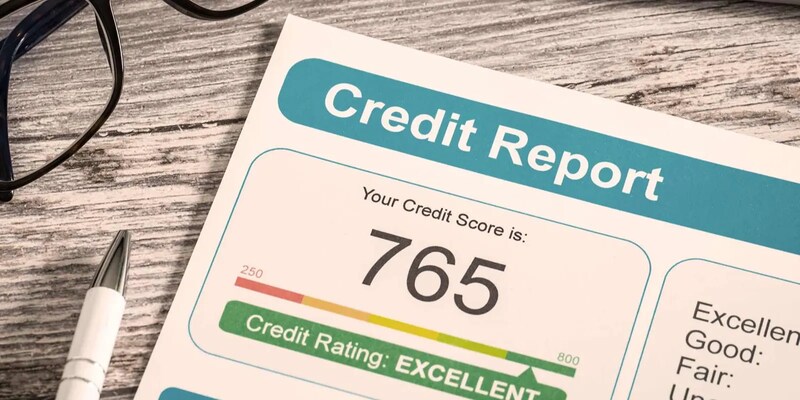In todays rapidly evolving educational landscape, the importance of strategic financial planning for your childs education cannot be overstated. The Ultimate Guide to 529 Plan Withdrawals for Private Schooling aims to be your comprehensive resource for navigating the complexities of utilizing a 529 savings plan to fund private K-12 education. With the rising costs of private schooling, understanding how to effectively leverage the tax-advantaged benefits of 529 plans can make a significant difference in planning for your child's educational future. This guide will walk you through every stepfrom the basics of 529 plans, understanding eligible expenses, to the nuances of withdrawal rulesto ensure you're equipped with the knowledge to make informed decisions. Whether you're a seasoned investor or new to the concept of 529 plans, this guide is designed to demystify the process and pave the way for a smooth educational journey.
529 Plans and Private Schooling: Understanding the Basics
To begin with, let's have a basic understanding of what 529 plans are and how they can be used to fund private schooling. A 529 plan is a tax-advantaged savings account designed specifically for educational expenses. These plans are sponsored by states, state agencies or educational institutions and offer various investment options to grow your contributions over time. There are two types of 529 plans: prepaid tuition plans and education savings plans.
- Prepaid tuition plans: Allow you to pay for a set number of semesters or credits at participating colleges and universities.
- Education savings plans: Are more flexible and can be used to cover expenses for both college and private K-12 education.
With the Tax Cuts and Jobs Act of 2017, the use of 529 plans has been expanded to include up to $10,000 per year for private K-12 tuition expenses. This means that families can now utilize their existing or newly established 529 plan to fund educational expenses from kindergarten through high school. However, it's essential to understand the rules and regulations surrounding withdrawals for private schooling.
The Process of Withdrawing Funds: Understanding Eligible Expenses

When it comes to withdrawing funds from a 529 plan, it's crucial to understand what expenses are considered eligible and how the process works. Eligible expenses for private school tuition include:
- Tuition fees
- Books and supplies required by the school
- Technology and equipment necessary for educational purposes (e.g., laptops or tablets)
It's essential to note that these expenses must be incurred at an eligible educational institution, which can include public, private or religious schools. Additionally, it's crucial to keep accurate records of these expenses for tax reporting purposes.
Step-by-Step Guide to Withdrawing from a 529 Plan for Private School:
- Determine the Qualified Educational Expenses: As mentioned earlier, eligible expenses include tuition fees, books and supplies, and educational technology. It's essential to review your child's school expenses and ensure they fall under these categories.
- Contact Your 529 Plan Provider: Each plan has its own specific process for withdrawal requests. It's crucial to reach out to your provider and familiarize yourself with their guidelines and requirements for withdrawing funds. Some plans may require you to submit a request form, while others allow online withdrawals.
- Submit Documentation: Once you've determined the eligible expenses and contacted your 529 plan provider, you'll need to submit documentation of the expenses incurred. This can include receipts or invoices from the school.
- Receive Funds: Once your documentation is approved, the funds will be distributed directly to you or the educational institution.
- Keep Records for Tax Reporting: As with any financial transaction, it's essential to keep records of your 529 plan withdrawals for tax reporting purposes. This includes documenting the date and amount of each withdrawal and keeping copies of all relevant documents.
Strategic Planning and 529 Plans: Making the Most of Your Investment

While utilizing a 529 plan to fund private schooling can provide significant tax benefits, it's essential to have a strategic plan in place. Here are some tips for making the most out of your investment:
- Start Early: The earlier you start contributing to a 529 plan, the more time your investments have to grow and potentially cover future educational expenses.
- Consider Investment Options: Most 529 plans offer various investment options, such as age-based portfolios or individual funds. It's crucial to research and understand the risk levels and potential returns of each option to make an informed decision.
- Be Aware of Contribution Limits: Each state has its own limits for how much you can contribute to a 529 plan annually. It's crucial to stay within these limits to avoid potential tax penalties.
- Monitor and Adjust: As with any investment, it's essential to regularly monitor your 529 plan and adjust your contributions and investments as needed. This can ensure that you're on track to meet your educational goals.
With the right knowledge and planning, a 529 plan can be an incredibly valuable tool in funding private K-12 education.
Changes and Future Trends: Keeping Up with the Evolving Landscape of 529 Plans
As with any financial tool, it's essential to stay informed and up-to-date on changes and future trends in regards to 529 plans. Here are some developments to keep an eye on:
- Potential Changes to Tax Laws: As we've seen with the Tax Cuts and Jobs Act of 2017, tax laws can have a significant impact on the use of 529 plans. It's crucial to stay informed about any potential changes that could affect your investment and educational goals.
- Expanding Eligible Expenses: While currently limited to tuition fees, books and supplies, and educational technology, there may be future changes to expand the list of eligible expenses for private K-12 education. Stay informed about any updates to ensure you're maximizing your investment.
- Changes in State Tax Benefits: Each state offers different tax benefits for 529 plan contributions, such as deductions or credits. It's important to stay informed about any changes in these benefits and how they may impact your investment strategy.
As the educational landscape continues to evolve, it's essential to stay informed and adapt your 529 plan strategy accordingly.
Conclusion:
The use of 529 plans for private K-12 education has opened up new opportunities for families seeking to provide their children with a quality education. With the potential for tax benefits and strategic planning, these plans can help make private schooling more accessible and affordable. By understanding the rules and regulations surrounding withdrawals, implementing a strategic plan, and staying informed about changes in the landscape of 529 plans, you can pave the way for your child's educational journey with confidence. As always, it's essential to consult with a financial advisor for personalized guidance and advice on how to make the most out of your 529 plan investment.

Debit Cards for Kids: A Financial Rite of Passage?

Navigating the World of Membership Organizations and Their Impact on Health Insurance

Chapter 13 Bankruptcy Explained: A Comprehensive Guide

In-Person or Online Loans: Finding the Perfect Fit for Your Needs

When to Expect Your Tax Refund

Understanding the Role and Responsibilities of a Lessee

Unveiling the Essentials of Comprehensive Car Insurance

What Is the Average Profit Margin for a Company in the Banking Sector?

A Comprehensive Guide for Capital Gains Tax Exclusion for Primary Residences

What Is a Co-Borrower? A Comprehensive Guide to Co-Borrowing

Understanding Unauthorized Cards on Your Credit Report
